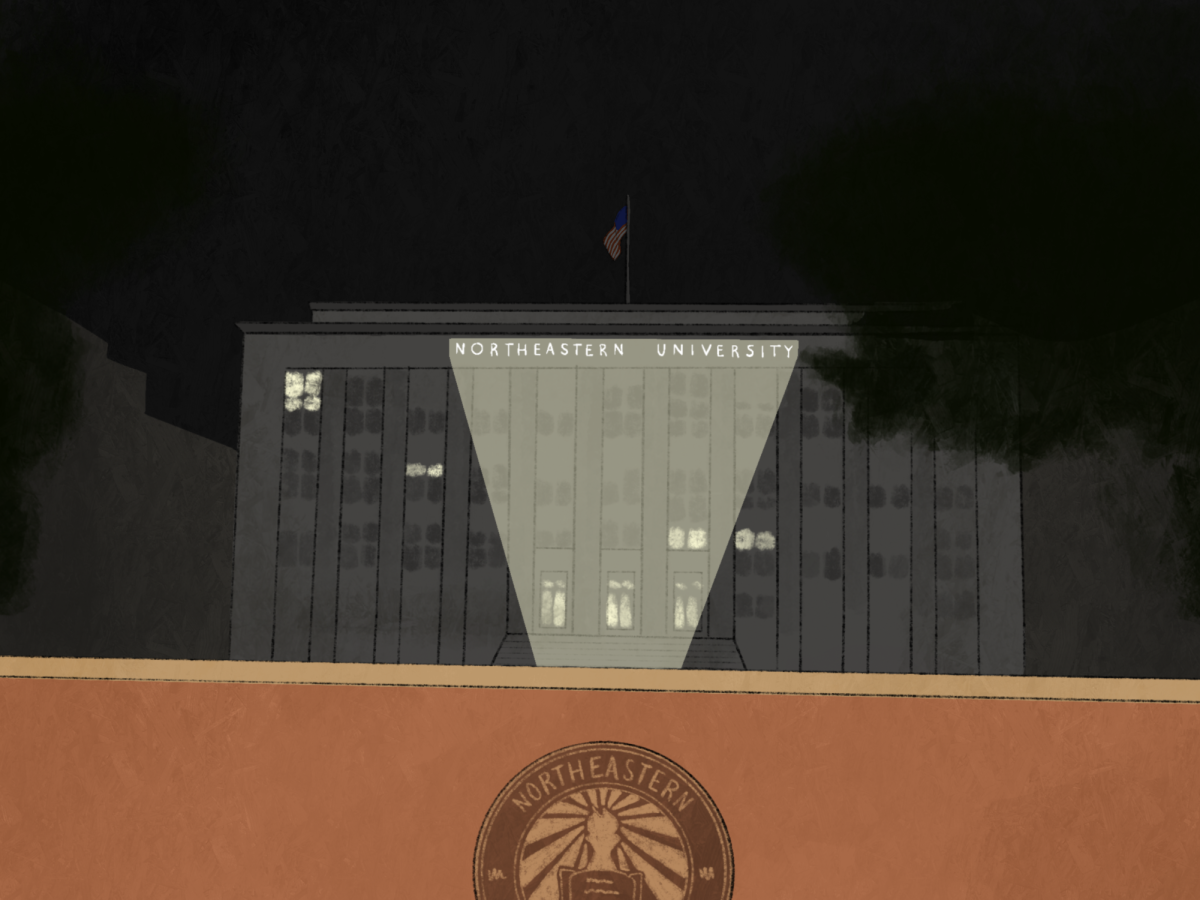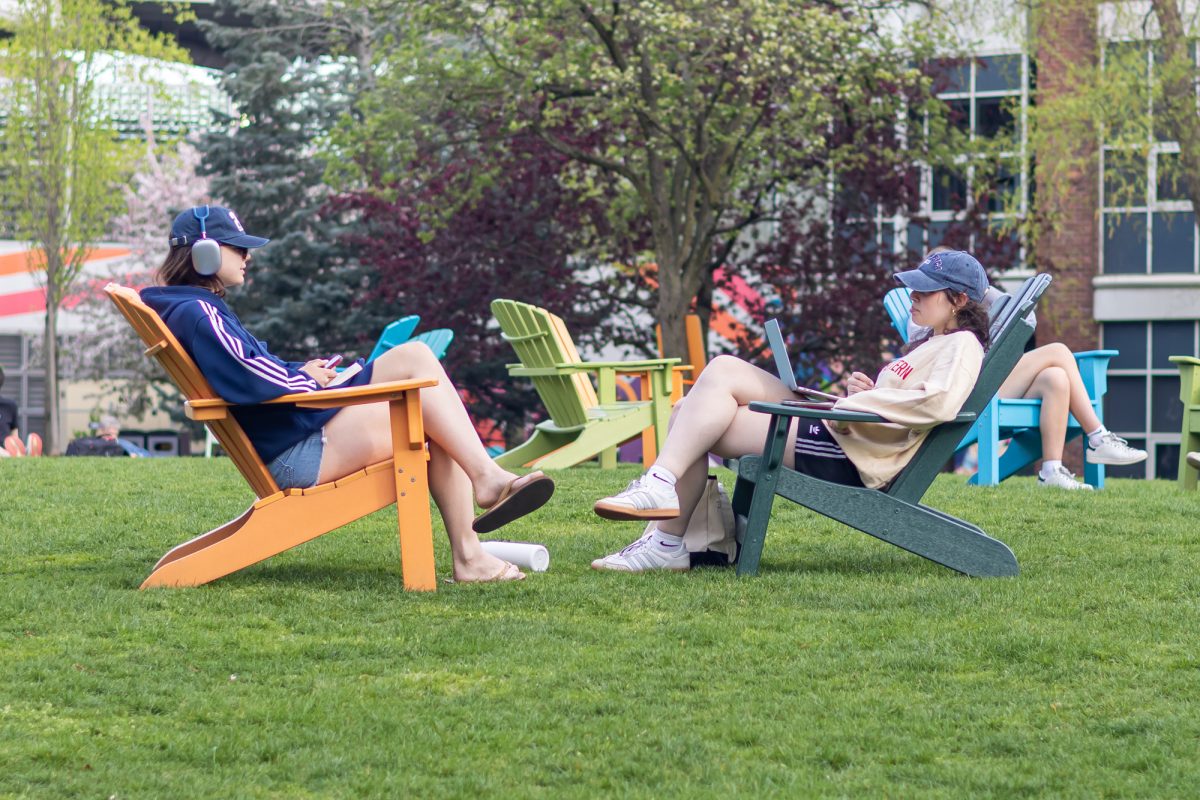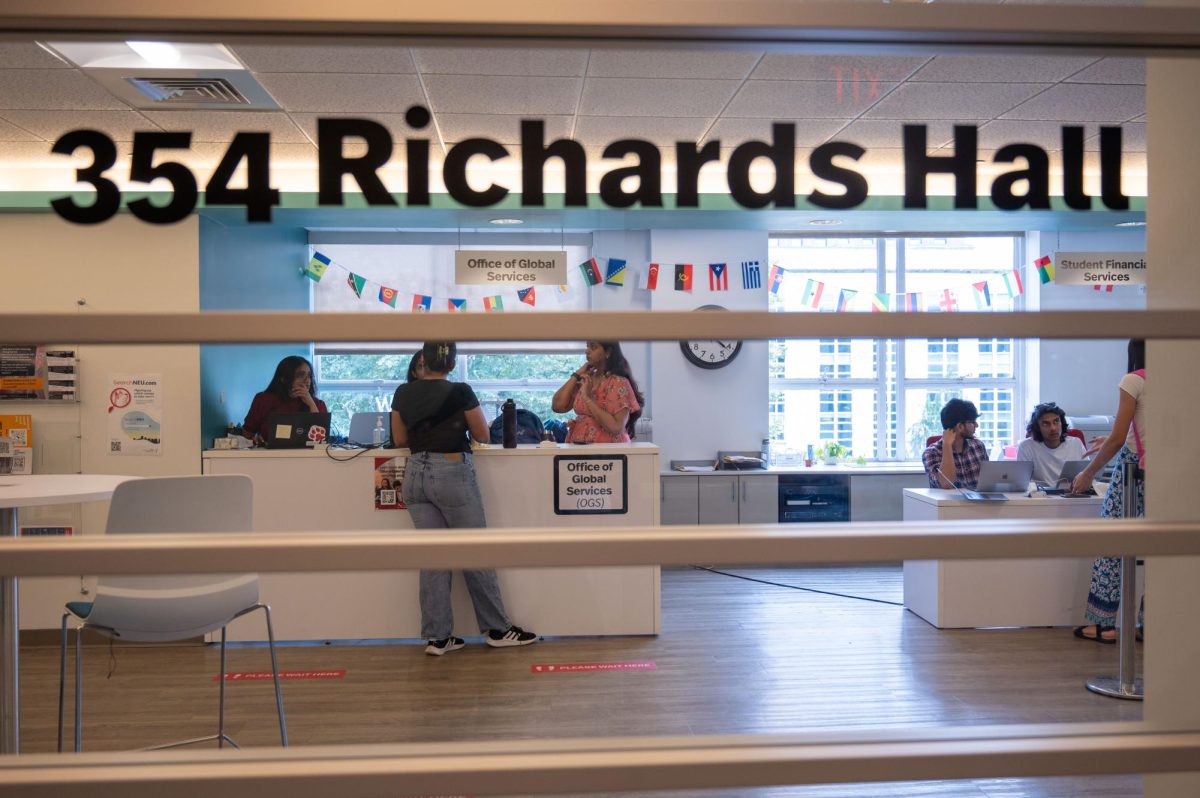At this point, it is easy to ignore Congress’s chronic paralysis and subsequent failure to address any of the serious issues affecting the United States. Congress has been unable to adequately govern for years now, and thus it is easy to forget that there are real consequences to the bitterly divided legislature’s inaction. But for students at Northeastern and across the country, it will be difficult to ignore Congress’s recent failure to prevent student loan rates from doubling.
At issue is the Subsidized Stafford Loan, a need-based federal student loan, whose interest rate just doubled from 3.4 to 6.8 percent. This was the rate prior to 2006, when Democrats promised to lower student loan rates as part of their platform in the midterm elections. After winning control of the House and the Senate, with bipartisan support they gradually lowered the rates to the preferred 3.4 percent. But these measures were just temporary, and they expired on Monday.
Stafford loans are an important tool for ensuring everyone who is able to make the cut academically has the opportunity to receive a quality education. Without low interest rates, however, they may not seem like a viable option for some students. Higher interest rates on federal loans will have two foreseeable negative consequences: They will prevent deserving students from attaining the best education possible, or they will drive said students towards risky private loans, which could cripple borrowers for life and possibly cause widespread economic devastation.
Renata Nyul, a Northeastern spokeswoman, said 12,000 Northeastern undergraduates receive Subsidized Stafford Loans; that’s 73 percent of students at the school. Even those who do not qualify for or do not accept Subsidized Stafford Loans should be concerned about their interest rates. If potential students are forgoing college, or choosing to attend a more affordable (and often times lower quality) school, then the overall academic quality of competitive but expensive schools like Northeastern will suffer. A large part of the classroom experience is learning not just from professors and textbooks, but also from peers. Many students have probably realized that classes with higher caliber students tend to be more academically rigorous.
Northeastern is in a rather precarious position in this regard. It’s quickly growing in academic merit, but it doesn’t have the large endowment that many top schools do, hence the high tuition. Affordable student loans are thus necessary for Northeastern to be able to continue to attract promising students from all economic backgrounds. If the school is unable to do this, the quality of the student body will suffer, and the university will not be able to continue to grow at the rate it has been over the past decade.
Also of concern are the broader economic implications. At 3.4 percent, Subsidized Stafford Loans were able to compete well with adjustable-rate loans, which tend to hover around three or four percent. Adjustable-rate loans are attractive because the rates are low, but they are incredibly risky because the rates could rise leaving the borrower unable to make payments. This is what happened during the subprime mortgage crisis that sunk the economy in 2008. The safer fixed-rate loans are on par with the new Subsidized Stafford rates. So since the rates have risen, the only options for a low-rate loan are now these risky adjustable rate loans. While many economist cannot agree on the effect that the student-loan crisis will have on the economy, some have warned of a “bubble” and compared it to the housing collapse. A 2011 Moody’s report gave a qualified warning concluding, “Fears of a bubble in education spending are not without merit.”
So why hasn’t Congress acted? As previously mentioned, the 3.4 percent interest rate was originally set with bipartisan support. But as has been the norm as of late, the two parties are bickering over the details, and a compromise proposed by Maine’s independent senator Angus King and West Virginia Democrat Joe Manchin III gained no traction. So instead, both side allowed the rates to expire and immediately began the finger pointing.
Although the rates did expire, the Senate thankfully has the rest of the summer to reach a deal before the school year begins and the new rates take practical effect. Politically passive students should find this is as good a time as ever to contact their representatives.








